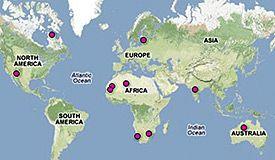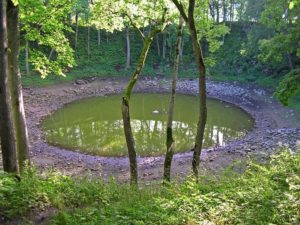World 🢖 Africa 🢖 South Africa 🢖 Gauteng
Impact craters 🢔 Geological wonders 🢔 Categories of wonders
Wonder
Tswaing crater
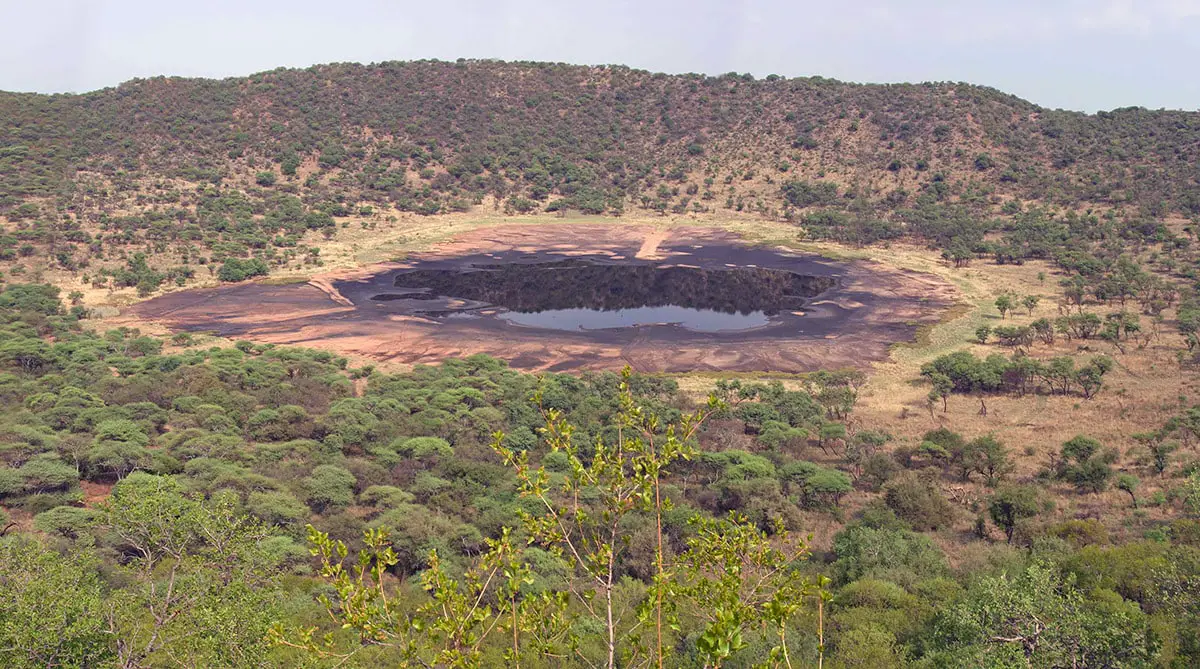
 In short
In short
People have been living at Tswaing crater for more than 100,000 years but only in 1990 it was proved that this is impact crater.
 47.5%
47.5%
GPS coordinates
GPS coordinates, tourist reception
Location, address
Alternate names
Diameter
Depth
Age
Map of the site
If you see this after your page is loaded completely, leafletJS files are missing.
 In detail
In detail
Meteoroid
Some 30 – 50 m large meteoroid (e.g. object which is larger than a meteorite but smaller than an asteroid) hit the savanna near the present-day Pretoria some 220 000 years ago. There are ongoing discussions about the age of the crater – some researchers consider that its age might exceed 300 000 years.
Meteoroid fell with a speed of 20 – 30 km per second and when it hit the 2.06 billion years old granite of Bushveld complex, its kinetic energy turned into an explosion. The energy of this blast was equivalent to 20 – 40 megatons of TNT – like 1000 atomic bombs of Hiroshima type.
Area of some 1000 km² was turned into a desert. It has been calculated that such an impact could create extreme wind with a speed over 1000 km/s and felling trees up to 14 – 19 km far away. Burn damage could spread up to 10 km far.
It is well possible that early humans were living in this area and were exposed to this catastrophe.
Meteoroid itself most likely was chondrite, e.g. it consisted of stone. No parts of it have been found – it turned into vapor during the impact.
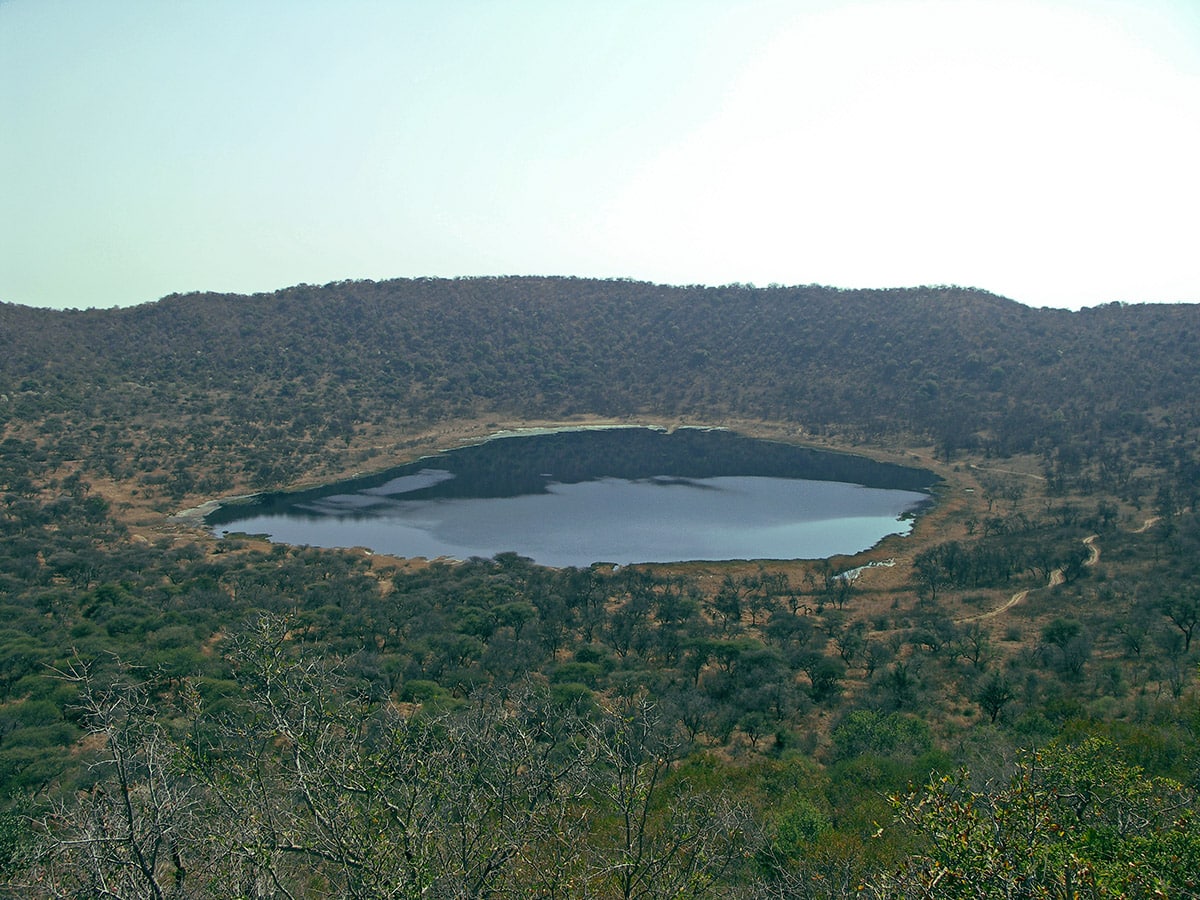
Size of crater
Rather soon the freshly created crater cooled down, vegetation returned. Since its creation, the rims of the crater eroded and became less steep. There are not that many proofs of impact left, just large pieces of granite are thrown up to hundreds of meters from the crater rim.
Rims of the crater today rise 60 m above the surroundings. The diameter of the crater is 1,130 m, current depth below the rims is up to 119 m.
Bed of crater is covered with 90 m thick sediments. Thus the total depth of the crater is some 180 m if counted from the crater rims or approximately 120 m below the surroundings.
Salt lake
Name of the crater in the local Tswana language means "Place of Salt". Also, Europeans named it after the lake in it – Saltpan.
This small lake at the bottom of the crater has a diameter of some 300 m, it is less than 3 m deep. Lake has no outlets or inlets, it is fed by rainwater and groundwater. Over time carbonate and sodium chloride salts have accumulated and Tswaing Lake is hypersaline, with a pH around 10.
This lake is a subject of several local legends, including a legend about monstrous watersnake. In reality, only algae and one species of salt-tolerant plants survive in this salty water.
Lake deposits have recorded the climate history of the last 190 000 years – research of this valuable scientific asset continues.
History
Man-made stone tools next to this lake are at least 100,000 years old – back then people most likely were hunting there. Much later local Tswana and Sotho people collected the salt from this lake. They did it for many centuries, at least since 1200 AD.
Initiative was taken over by Europeans and in 1912 – 1956 a company "SA Alkali Ltd." pumped the brine from the floor of the crater as a raw material for obtaining salt and soda.
Meanwhile a scientific discussion was ongoing between those who considered that this is a volcanic crater (Wagner, 1922) and those who believed that this is an impact crater (Rohleder, 1933). Only the data from boreholes in 1989 – 1990 proved the impact origin of the Tswaing crater. In these times a dam was built in the lake for drilling equipment.
Today Tswaing crater is a beloved tourist destination. In 1996 here opened a museum – the third museum next to impact crater after Meteor Crater Visitor Centre next to Barringer crater in Arizona, United States and Kaali crater museum in Estonia. The first geopark in Africa has been established here as well.
Tswaing crater is included in the following articles:
 Linked articles
Linked articles
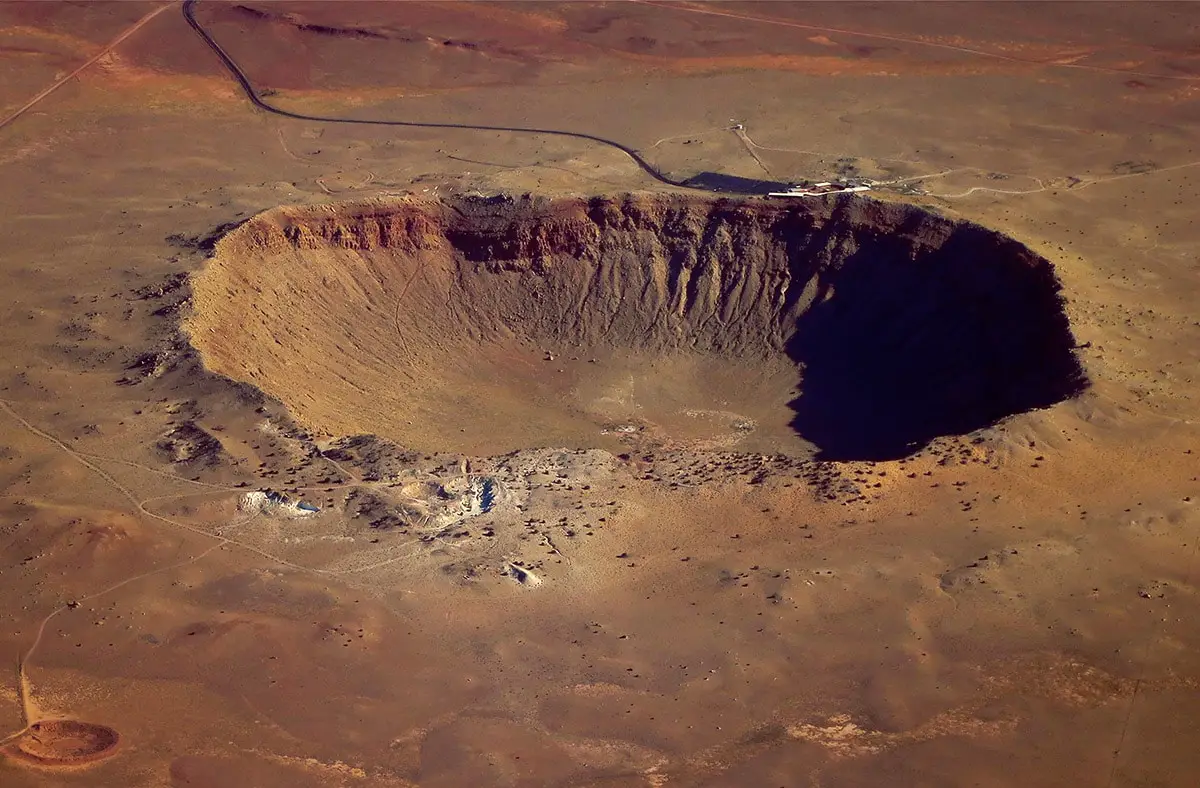
Impact craters
There are many pieces of solid matter flying around in space. And VERY frequently they fall on the surface of the Earth. There are estimates that every year on Earth fall 18,000 – 84,000 meteorites larger than 10 grams: e.g. one meteorite every 6 – 30 minutes.
This category includes outstanding impact craters – detectable scars on the surface of Earth left by a body coming from outer space. The category includes also meteorites – natural objects from outer space.
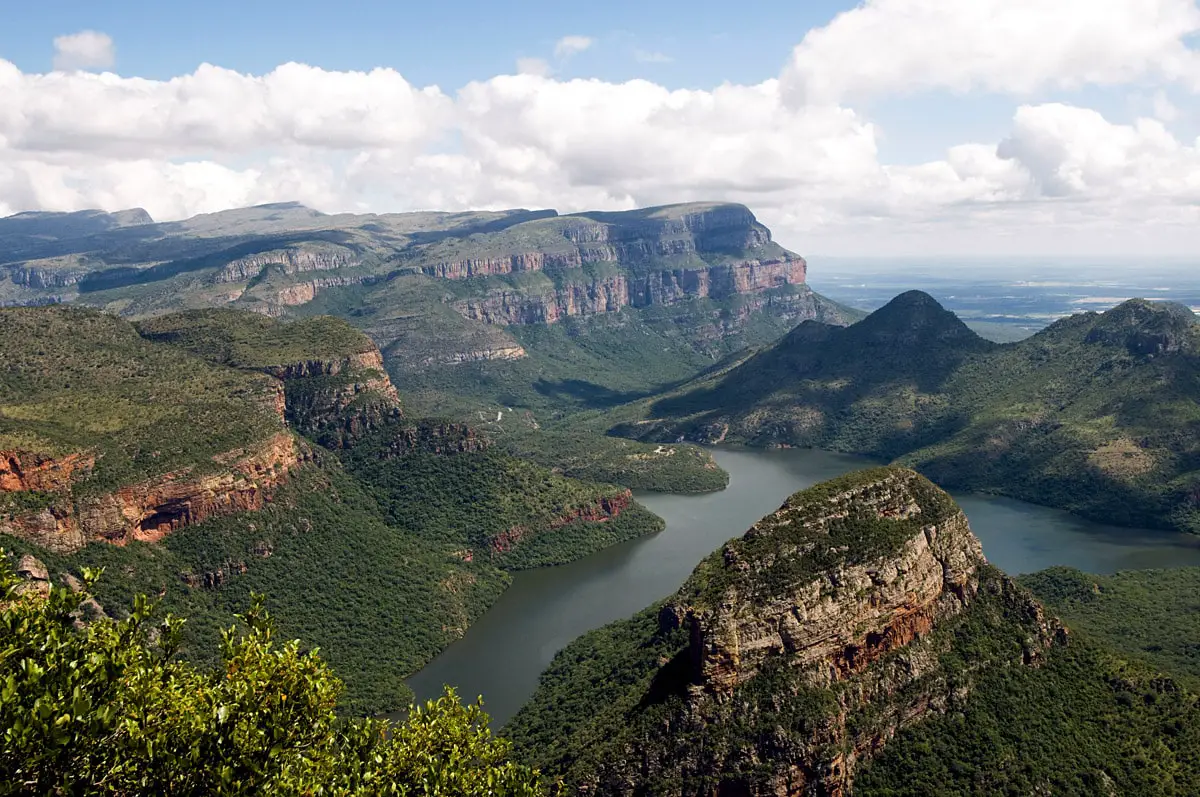
Wonders of South Africa
South Africa is extremely rich in unusual archaeological and natural monuments. Highlights are the rich finds of rare minerals, unique ecosystems, finds of the first humans, and some great waterfalls.
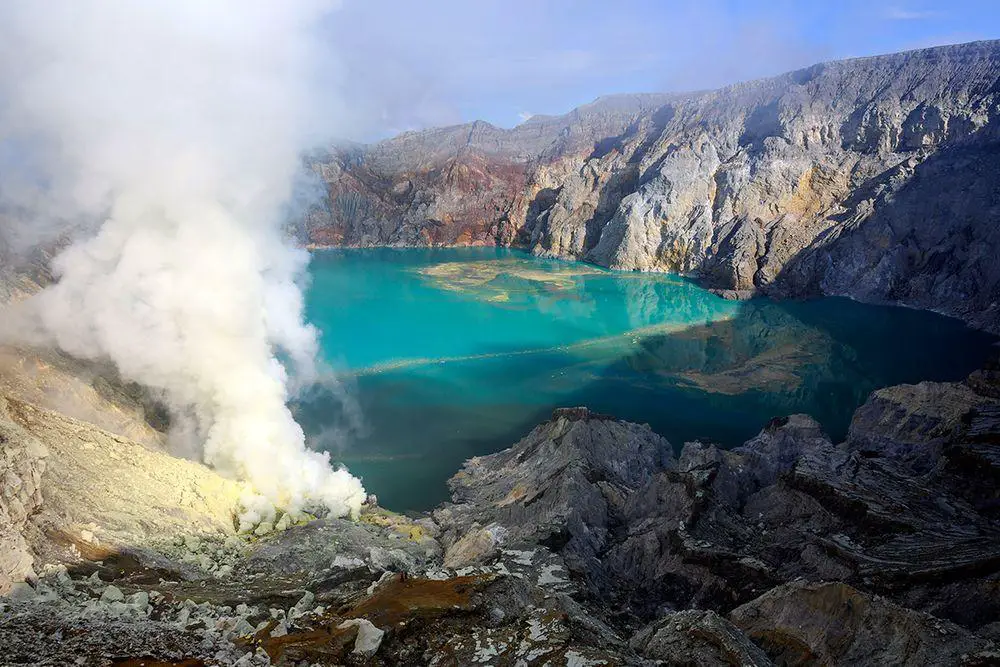
Lakes and streams
There are many factors that can make lakes, sea bays, or rivers unusual. Some lakes have unusual chemical properties and even do not contain water at all – such as lava lakes. Others may have unusual animals living in them or… legends about such animals.
 Recommended books
Recommended books
Tswaing Meteorite Crater
Overview of the Tswaing meteorite impact crater with chapters on the crater, plants and animals, people, and the Tswaing Crater Trail.
Greater Than a Tourist- Pretoria Gauteng South Africa
Greater Than a Tourist- Pretoria Gauteng South Africa by Natasha van der Schyff offers the inside scoop on Pretoria. Most travel books tell you how to travel like a tourist. Although there is nothing wrong with that, as part of the Greater Than a Tourist series, this book will give you travel tips from someone who has lived at your next travel destination.

